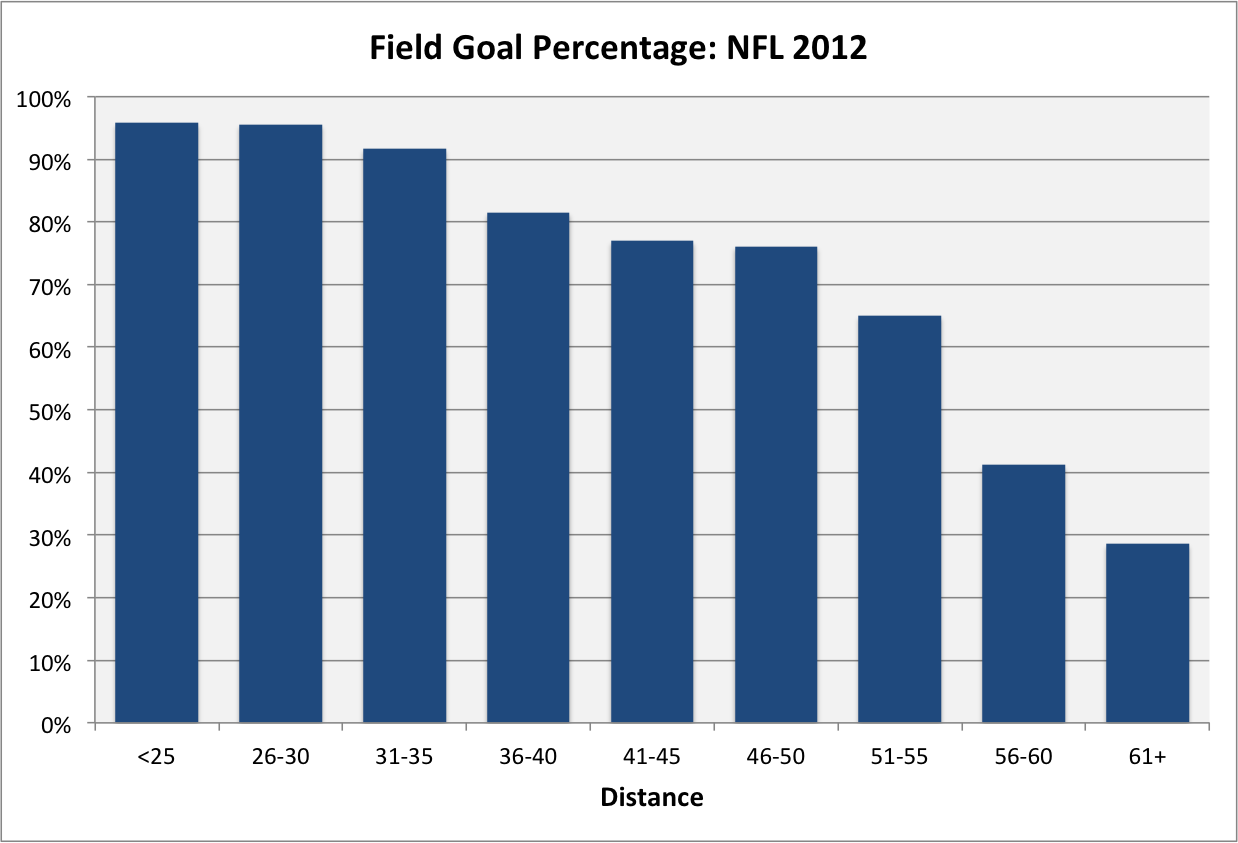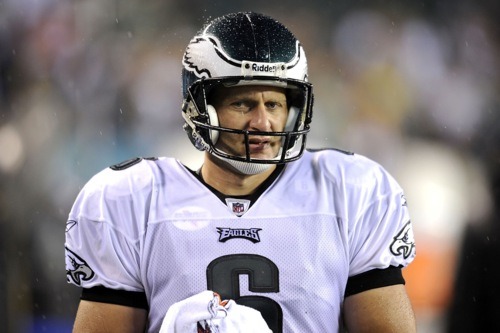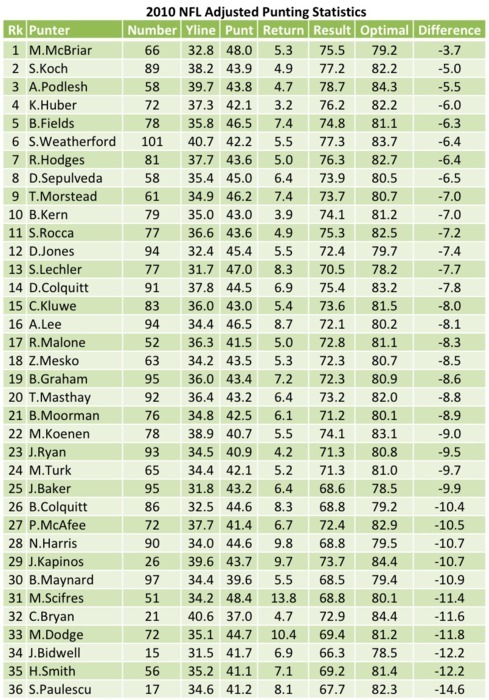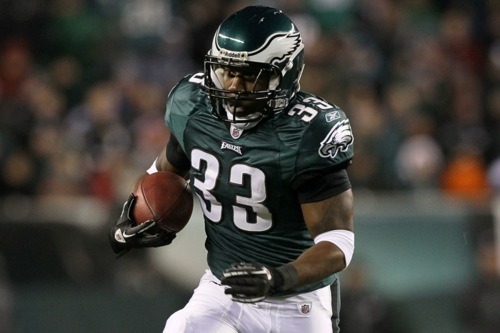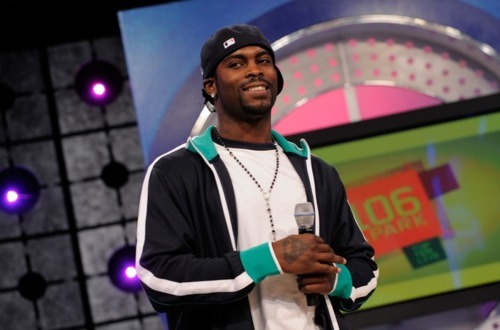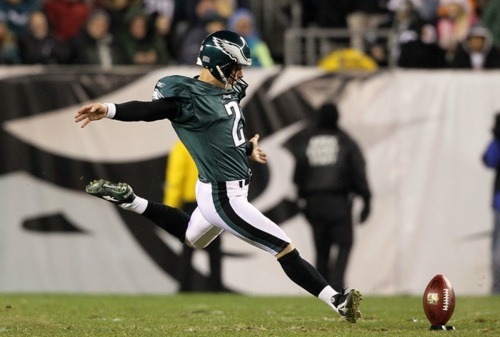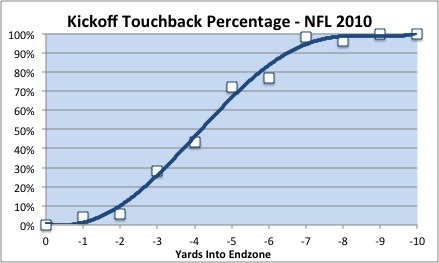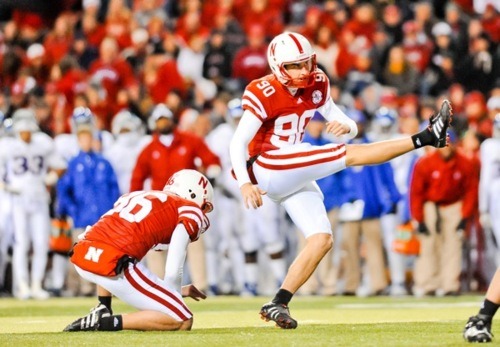On paper, Alex Henery had a great 2012 campaign. The Eagles sophomore kicker made 27 of 31 field goal attempts, including a franchise-record 22 in a row. He has been a consistently accurate kicker since the Eagles drafted him in the fourth round in 2011.
Still, Henery has not yet moved from "reliable" to "weapon," the way David Akers once was. He may be headed in the right direction though. In 2011, he attempted only four field goals from 40-49 yards out, and only two beyond that. He made five of those six attempts, but didn't exhibit a big leg. In fact, he struggled to hit long field goals in warm-ups, and Andy Reid shied away from kicking field goals of 50 yards or more.
Last year was a good year for Henery, and he quieted some of the doubters. In addition to his perfect 22-kick string, he connected on 11 of 12 attempts from 40 to 49 yards out. That was huge. Still, his longest make was only 49 yards. Henery's only attempt from beyond that was a 58-yard miss. That makes judging his performance tricky.
In order to do so, let's back up and look at the entire league. I pulled every field goal attempt from the raw play by play data (including those negated by penalty, if I could, but removing blocks) and plotted field goal percentage in 5 yard buckets. Here's what it looks like:
Keep in mind that at the top end (above 55 yards), there were only 24 total kicks, so the sample size is limited there. But overall this is the state of field goals in today's NFL. Any kick up to 35 yards should have a greater than 90% chance of success. Even up to 50 yards out, NFL kickers are averaging over 75% accuracy. And they're still more likely to make a kick than miss it up to 55 yards distance. That's mind blowing.
The frustrating thing about field goal stats is that folks rarely look beyond the overall percentage or a particularly high-profile miss. I tried to do that with the table below, where I plotted every field goal against the "expected" likelihood that it would be made, based on the distance buckets above. The difference between the points they accumulated (or would have, + penalties - blocks) and the expected points shows us how valuable each kicker was in 2012:
The numbers aren't too surprising. Blair Walsh, rookie kicker for the Vikings, came in at number one, scoring 13.4 points more than the "average kicker" would have. He only missed three field goals all year, but more importantly, he made 10 of 10 kicks from beyond 50 yards. That's incredible (even if he was playing in a dome). At the other end of the spectrum is Mason Crosby of the Packers and our old friend David Akers. The former Eagles kicker connected on only 9 of 19 kicks further than 40 yards. It remains to be seen whether that was simply bad luck or a sign that retirement may be coming up for Akers.
As for Henery, he ranked 12th. His field goal percentage was slightly higher than what was expected, and it gave him a 2.5 point lead over the average. That's certainly good, but it's not — to steal a phrase from Joe Flacco — elite. Perhaps Henery just didn't have enough opportunities for long kicks, but it would be hard to blame Eagles fans who would rather the team have spent a 6th round pick on Walsh than a 4th round pick on Henery. Hopefully he can continue to improve and justify that investment in 2013 and beyond.
Photo from Getty.

